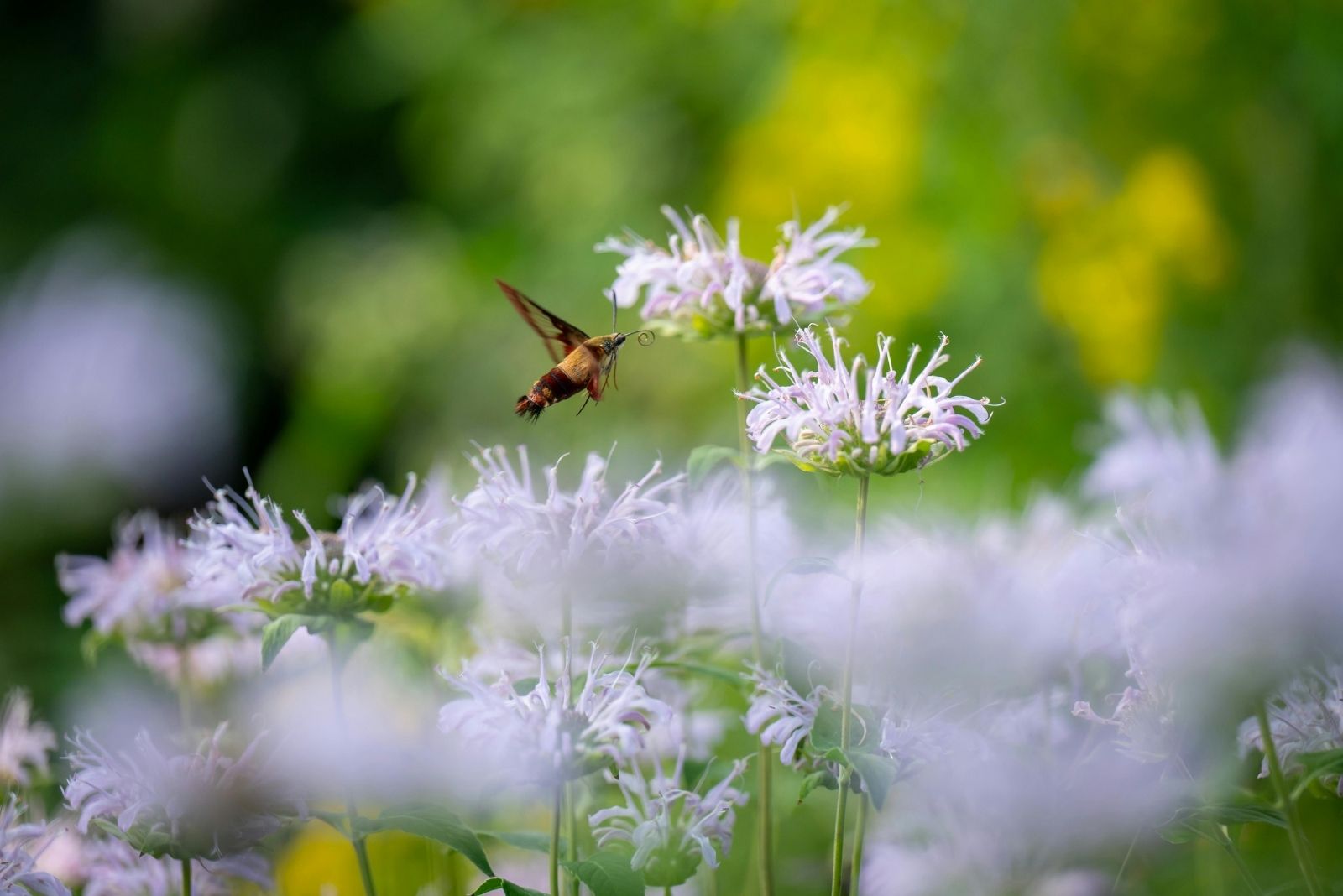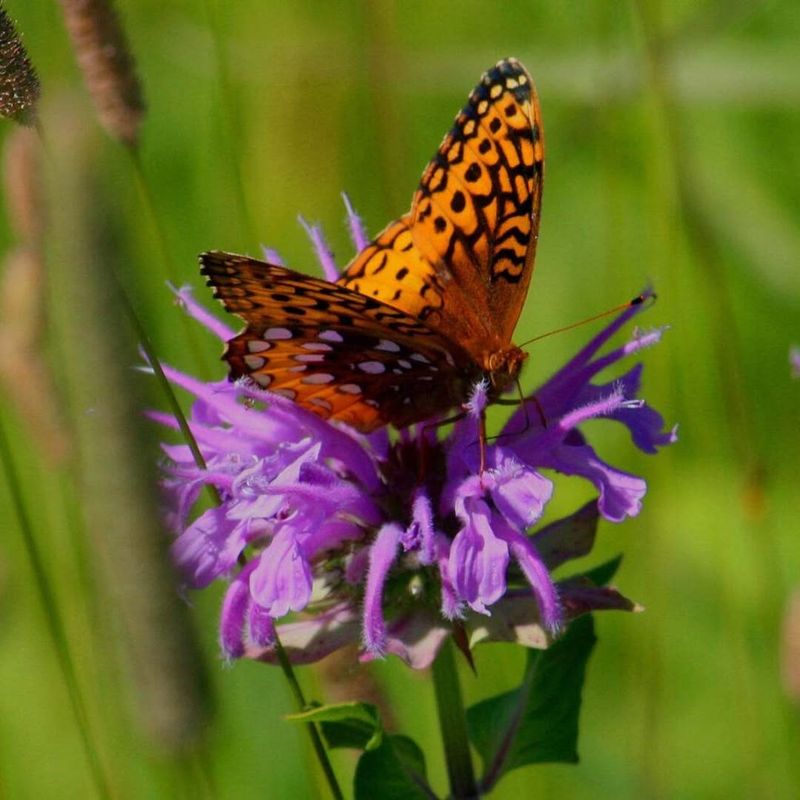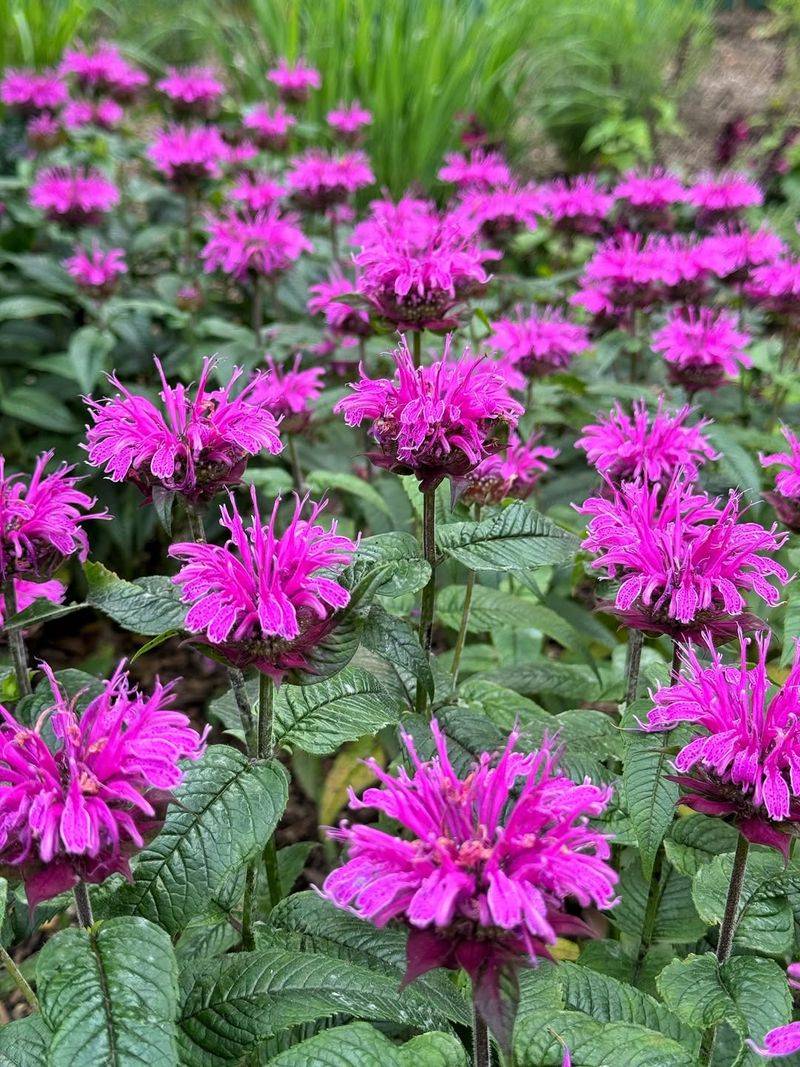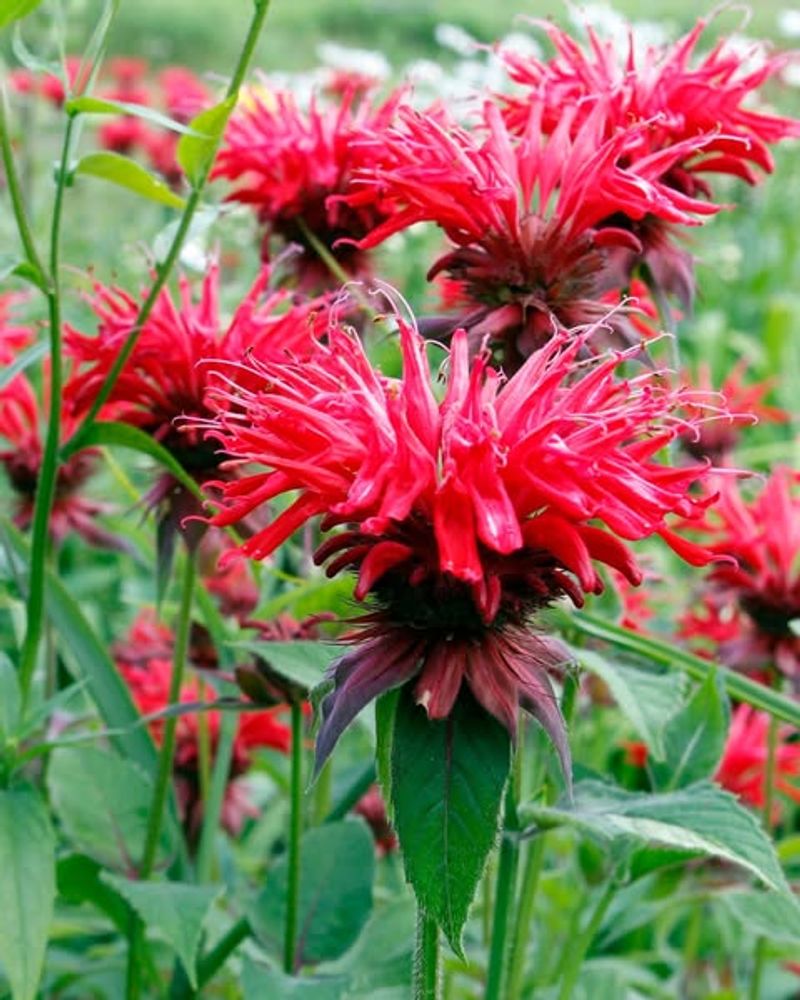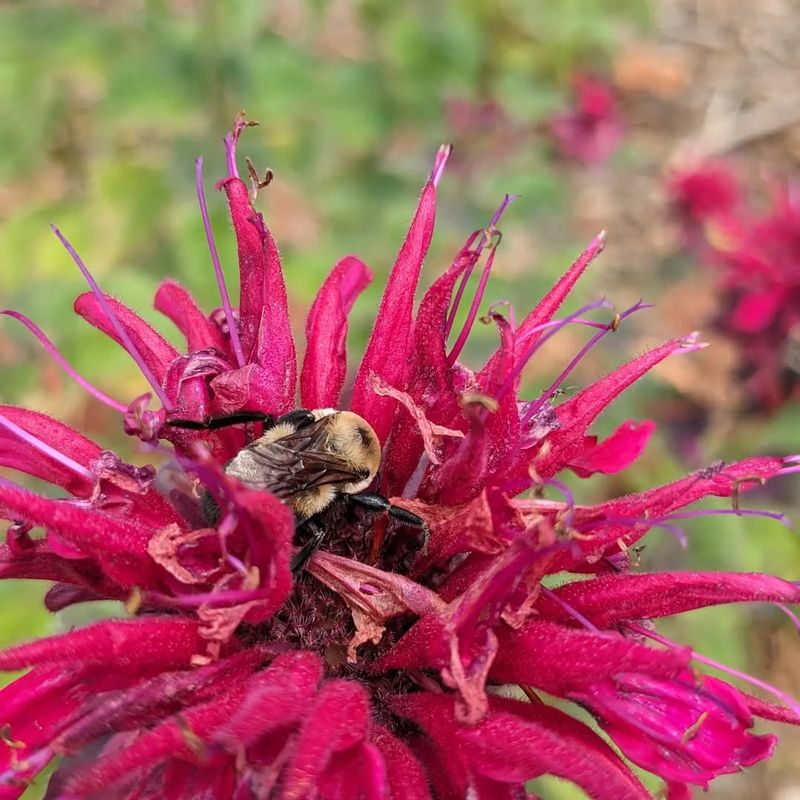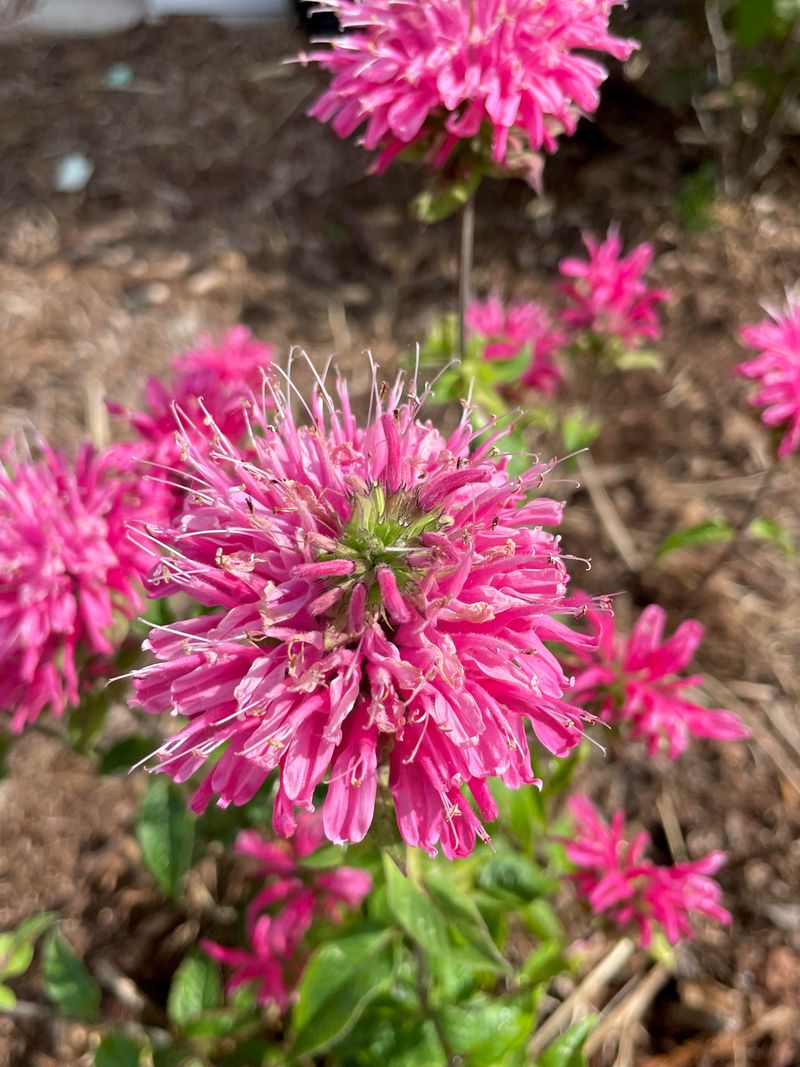Bee balm is a quiet powerhouse in New Jersey gardens, especially when it comes to butterflies. Its vibrant blooms offer sweet nectar and cozy resting spots for winged visitors.
If you’re hoping to turn your yard into a butterfly haven, this native plant is a top pick. It’s beautiful, easy to grow, and perfectly suited to the local climate.
I’ve found that once bee balm takes hold, the butterflies follow. It’s a simple way to bring more life, color, and movement to your garden.
1. Nectar-Rich Blooms Provide Essential Energy
Butterflies need fuel for their daily flights, and bee balm delivers it in abundance. Each tubular flower holds sweet nectar that monarchs, swallowtails, and fritillaries can easily access with their long tongues.
During New Jersey’s warm summer months, these blooms keep producing fresh nectar throughout the day. This reliable food source keeps butterflies coming back again and again.
Plant multiple clumps around your garden to create feeding stations that support hungry visitors all season long.
2. Bright Colors Act Like Landing Beacons
Butterflies see colors differently than we do, and they’re especially drawn to reds, purples, and pinks. Bee balm flowers naturally come in these shades, making them impossible for passing butterflies to ignore.
When planted in sunny spots across New Jersey yards, these colorful clusters catch attention from far away. Think of them as bright signs advertising a butterfly buffet.
Grouping several plants together creates an even stronger visual signal that guides butterflies straight to your garden.
3. Extended Bloom Time Means Consistent Visits
Most wildflowers bloom for just a few weeks, but bee balm keeps flowering from June through August in our region. This extended performance gives butterflies a dependable food source throughout their active season.
New Jersey gardeners appreciate plants that work overtime, and bee balm certainly fits that description. Deadheading spent flowers encourages even more blooms to develop.
This long-lasting display means your garden stays attractive to butterflies for months, not just days.
4. Native Plant Status Supports Local Species
Bee balm originally grew wild throughout eastern North America, including right here in New Jersey. Local butterfly species evolved alongside this plant, creating a natural partnership that still works perfectly today.
Native butterflies instinctively recognize bee balm as a trusted food source. This familiarity means they’ll visit your garden more frequently than they would exotic imports.
Supporting native plants helps maintain the ecological connections that keep our local butterfly populations healthy and thriving.
5. Tubular Flower Shape Fits Butterfly Anatomy Perfectly
Have you ever noticed how bee balm flowers look like tiny trumpets? That shape isn’t accidental—it’s perfectly designed for butterfly feeding.
Butterflies unfurl their long, straw-like tongues to reach deep inside these tubes where the nectar hides. Other insects with shorter mouthparts can’t access this food, so more nectar remains available for your butterfly visitors.
Gardens across New Jersey benefit from this specialized relationship that keeps butterflies well-fed and frequently visiting.
6. Clustered Flowers Create Efficient Feeding Platforms
Instead of producing single blooms, bee balm grows flowers in dense, rounded clusters. This arrangement lets butterflies land once and sample multiple flowers without flying between distant blossoms.
Energy conservation matters to these delicate insects, especially during New Jersey’s hot summer afternoons. Efficient feeding spots mean butterflies can gather more nectar while expending less energy.
This convenient design makes your bee balm plants popular butterfly destinations that see repeated visits throughout each day.
7. Aromatic Leaves Add Sensory Appeal
Butterflies don’t just rely on sight—they also use their sense of smell to locate food sources. Bee balm leaves release a minty, aromatic fragrance that travels on summer breezes.
This scent acts like an invitation, helping butterflies find your garden even before they spot the colorful blooms.
New Jersey gardeners often notice more butterfly activity near their bee balm patches on warm, still days when fragrances linger. The combination of visual and aromatic signals makes bee balm nearly irresistible to passing butterflies.

